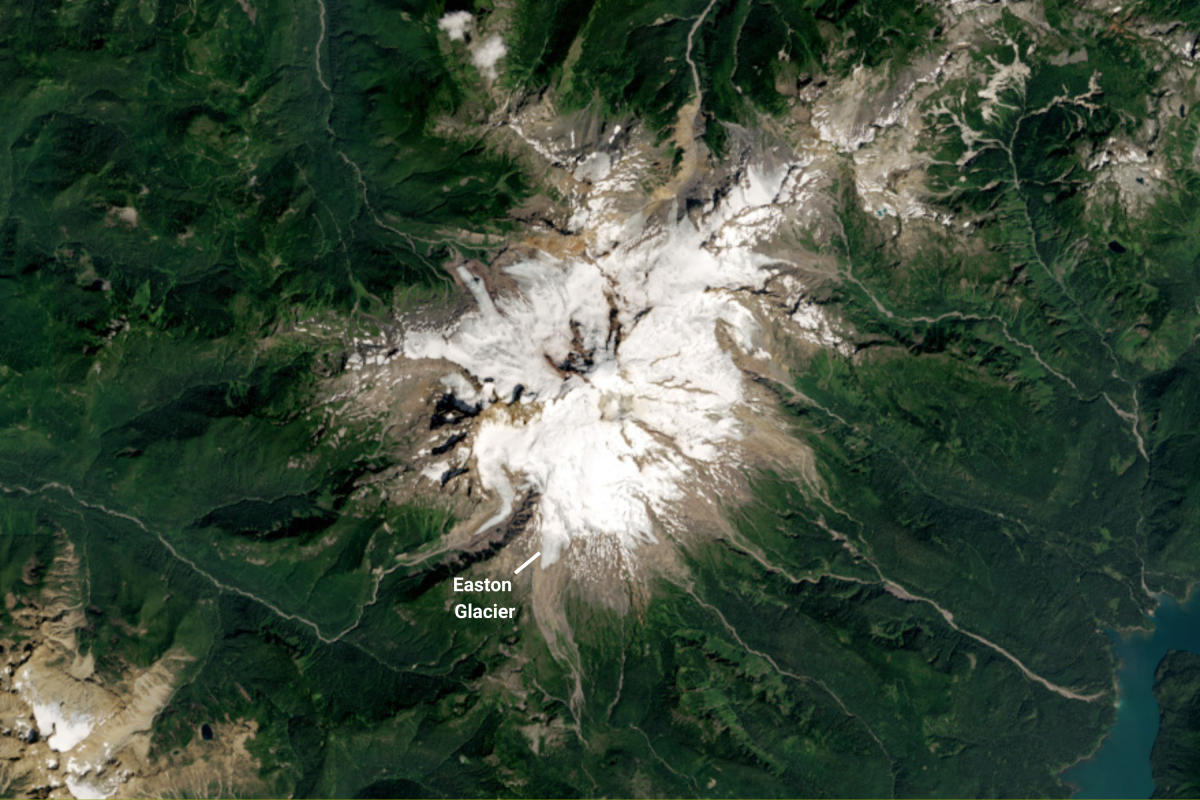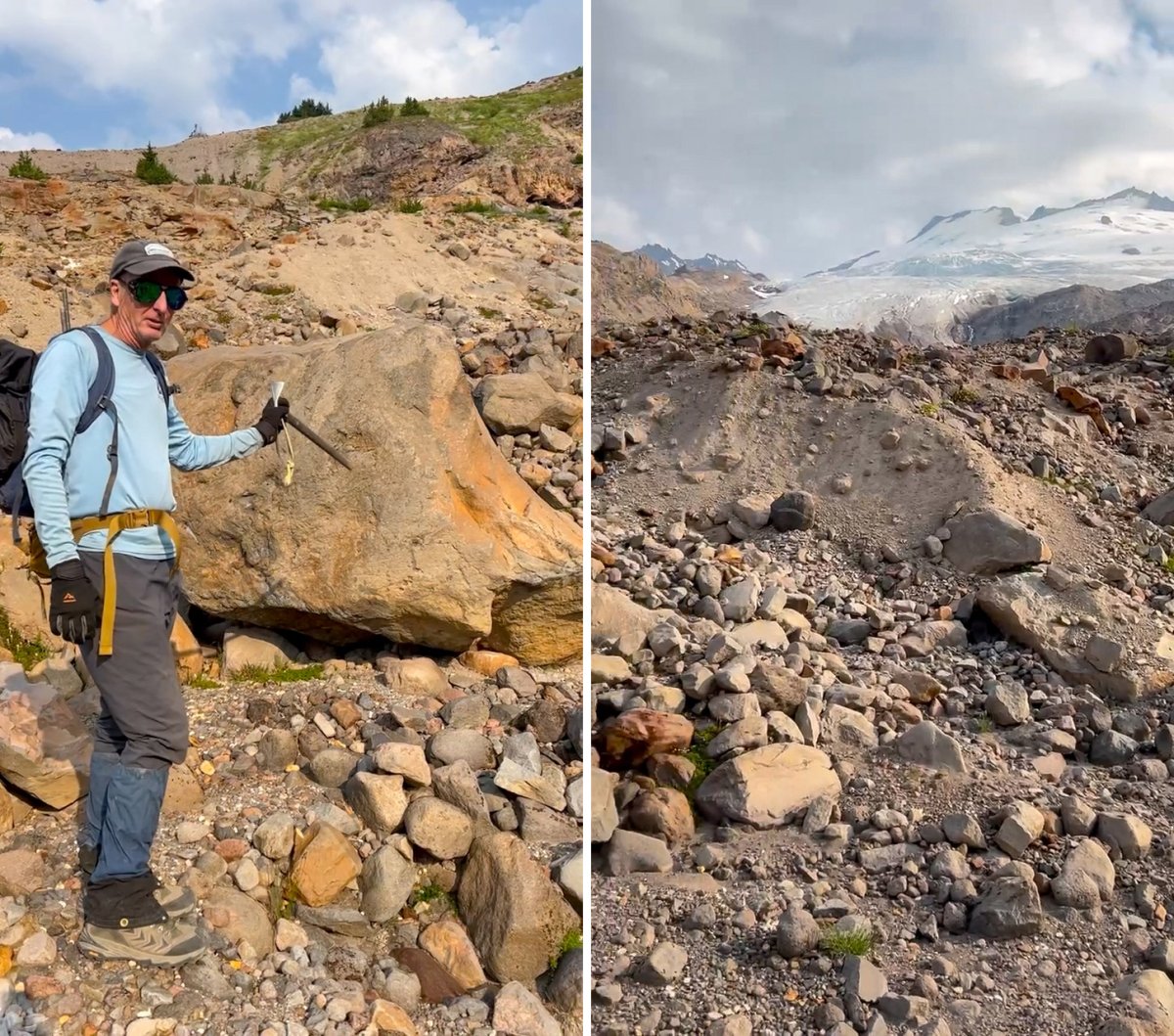The landscape of Mount Baker, Washington's third-highest peak, is undergoing a dramatic transformation, with its glaciers retreating at unprecedented rates that echo a global pattern of accelerated ice loss. Recent satellite imagery released by NASA's Earth Observatory, along with ground observations, reveals how human-induced climate change is reshaping this iconic Washington peak faster than at any time in recent history. This change is not just a local phenomenon; it is a reflection of broader environmental shifts occurring around the globe.
According to glaciologist Mauri Pelto, "These glaciers have advanced and retreated quite a few times in the past 5,000 years. It's not just one progression backwards." Yet the changes he’s witnessing today are far from typical, highlighting the urgency of understanding the effects of climate change on our planet.
The Easton Glacier, particularly, has seen alarming rates of retreat. Historical comparisons of NASA Landsat images from 1990 to 2024 indicate a stark reduction in the glacier's extent. Areas that were once blanketed in thick ice are now exposed rock, a clear sign of the rapid transformation taking place. Pelto’s decades-long research shows an extraordinary pace and scale to this retreat, marking a significant shift in the natural dynamics of the glacier.

The retreat of Easton Glacier has accelerated significantly in recent years. From 1990 to 2015, the glacier retreated at a modest pace of 30 to 40 feet per year. However, that rate has more than doubled to 100 feet annually in the last decade. In just the past two years alone, the glacier has pulled back a staggering 450 feet, marking the fastest retreat ever recorded at this location.
This rapid change isn’t an isolated incident at Mount Baker. Pelto noted, "2023 was the first year that every reference glacier in the world lost mass." He studied 250 glaciers globally, discovering that 25 of them have completely vanished. This widespread pattern highlights the urgency of addressing climate change and its effects on glaciers worldwide.
The implications extend beyond mere measurements. The glaciers serve as reference points in a global network, providing more than three decades of continuous data. Their collective decline tells a story of unprecedented global warming, with ice loss accelerating beyond anything previously recorded. Pelto emphasizes, "The glaciers are telling us—they're struggling with the temperatures they're experiencing, and they're disappearing."

While glacial advance and retreat have always been a natural cycle since the end of the last ice age 12,000 years ago, the current pattern is different. The changes observed today far exceed normal variations seen during events like the "Little Ice Age" of the 1850s when regional cooling caused many North American and European glaciers to expand. The rapid thinning and retreat of these glaciers indicate that they are under significant stress from rising global temperatures.
In summary, the story of Mount Baker's glaciers serves as a poignant reminder of the impacts of climate change. As these glaciers continue to retreat at unprecedented rates, it is crucial for us to recognize the signs and take action to address the underlying causes of climate change. The evidence is undeniable, and the time for awareness and action is now.
Remembering Simon Shelton: The Legacy Of Tinky Winky From Teletubbies
The Urgent Search For Missing Teenager Sebastian Rogers: A Father's Plea For FBI Involvement
The Increasing Odds Of Kamala Harris In The Presidential Race Against Donald Trump


